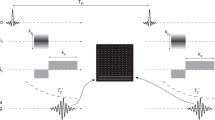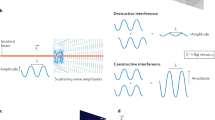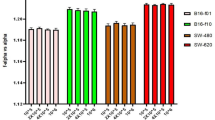Abstract
Comparison of 9 and 35 GHz spectra, obtained from frozen and lyophilized tissues, with those from model systems containing ascorbic acid, confirm that the major component of the "lyophilization signal" of tissue is the ascorbyl radical, stabilized by adsorption on an inert matrix. The magnitude of the signal under anoxic conditions is shown to be a measure of cellular damage, which allows intracellular ascorbic acid to be oxidized. On exposure of lyophilized samples to air, the signal increases due to autoxidation of the available tissue ascorbic acid. Under moist atmospheric conditions the ascorbyl radicals readily decay, leaving other radicals, which appear to be formed by interaction of ascorbic acid or ascorbyl radicals with some tissue component. The results show that, although widely studied, the free radical ESR signal of lyophilized tissue is not unique to tumour and has no relevance to malignancy.
This is a preview of subscription content, access via your institution
Access options
Subscribe to this journal
Receive 24 print issues and online access
$259.00 per year
only $10.79 per issue
Buy this article
- Purchase on Springer Link
- Instant access to full article PDF
Prices may be subject to local taxes which are calculated during checkout
Similar content being viewed by others
Rights and permissions
About this article
Cite this article
Dodd, N., Swartz, H. The nature of the ESR signal in lyophilized tissue and its relevance to malignancy. Br J Cancer 49, 65–71 (1984). https://doi.org/10.1038/bjc.1984.10
Issue Date:
DOI: https://doi.org/10.1038/bjc.1984.10
This article is cited by
-
Anticancer effects of 6-o-palmitoyl-ascorbate combined with a capacitive-resistive electric transfer hyperthermic apparatus as compared with ascorbate in relation to ascorbyl radical generation
Cytotechnology (2011)
-
A study of free radicals in paraffin embedded and deparaffinized human heart muscle tissue using electron spin resonance (ESR)
Histochemistry (1987)



